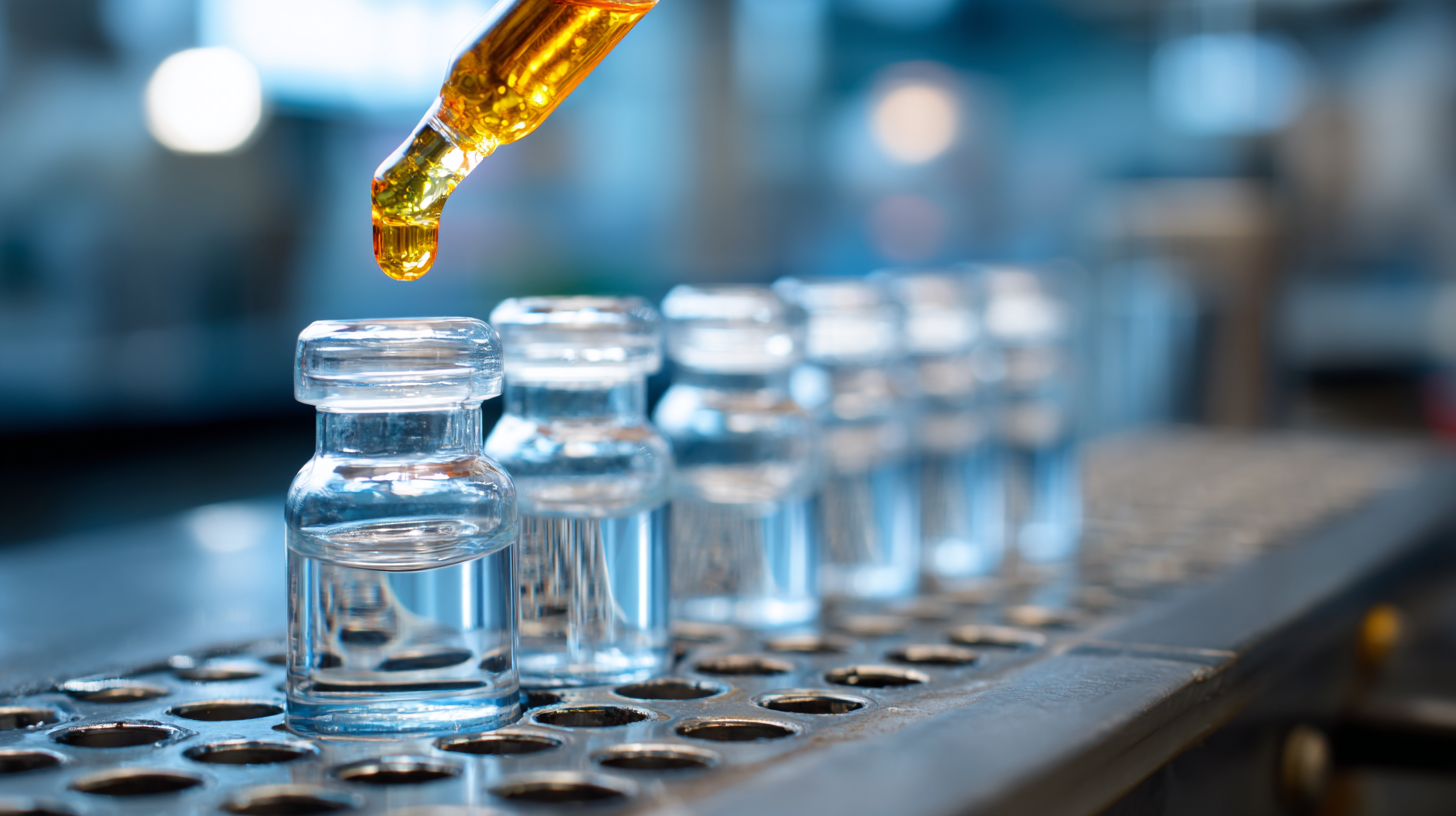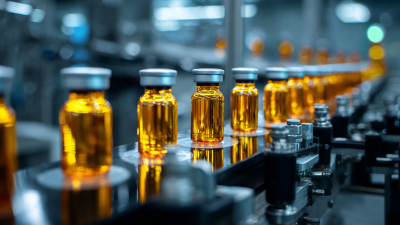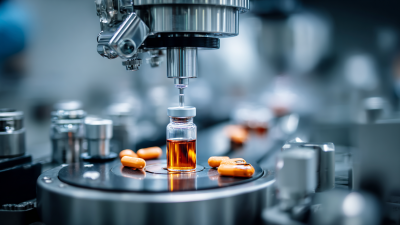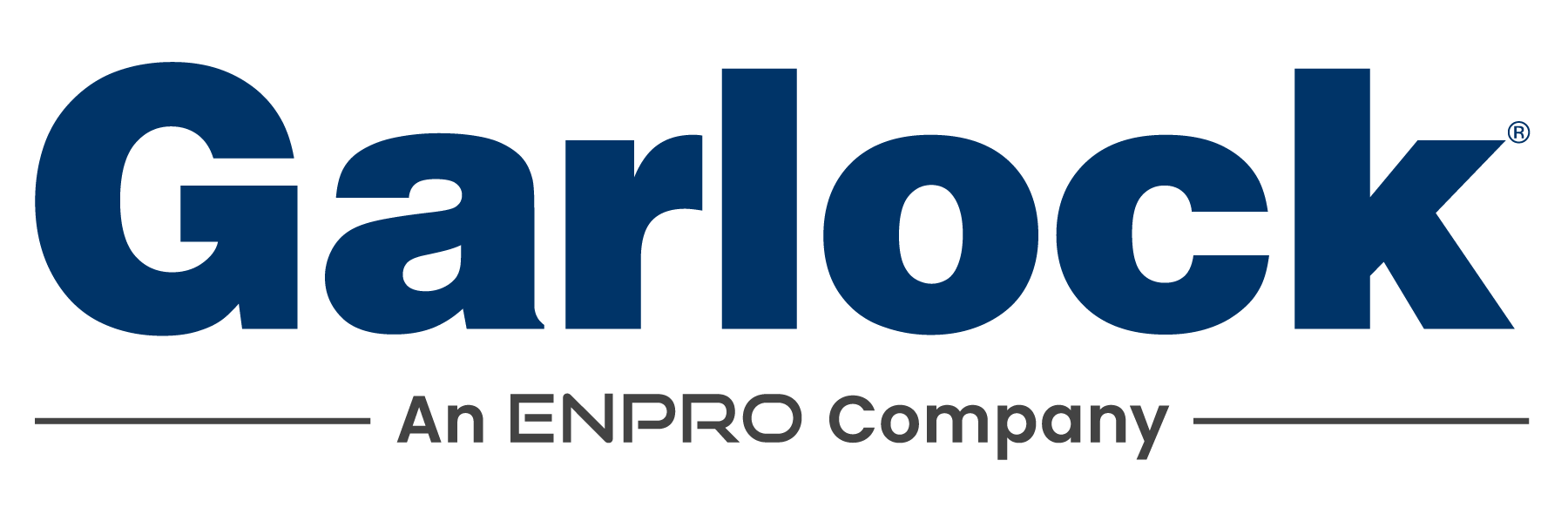How to Leverage API Manufacturing to Enhance Production Efficiency by 30%: A Guide
In today's competitive manufacturing landscape, companies are continually seeking innovative methods to enhance production efficiency. One such transformative approach is api manufacturing, which integrates advanced technology and streamlined processes to achieve significant improvements. By leveraging api manufacturing, organizations can optimize their production lines, reduce waste, and ultimately increase output by as much as 30%. This guide delves into the essential strategies and best practices that can help manufacturers harness the full potential of api manufacturing. From implementing automation to enhancing supply chain management, the insights shared here will empower businesses to not only meet but exceed their production goals. As we explore these methodologies, it becomes clear that embracing api manufacturing is crucial for any organization aiming to thrive in a fast-paced, ever-evolving industry.

Understanding API Manufacturing and Its Impact on Production
Understanding API manufacturing is crucial for enhancing production efficiency in the pharmaceutical industry. Active Pharmaceutical Ingredients (APIs) are the essential components in drug formulation, and advancements in their manufacturing processes can significantly reduce production times and costs. By leveraging modern technology and practices in API manufacturing, companies can achieve an increase in production efficiency by up to 30%. This not only meets the growing market demand but also contributes to sustainability in drug manufacturing.
The global pharmaceutical equipment market is projected to experience substantial growth, indicating a rising interest in efficient manufacturing practices. The market is expected to reach $38.82 billion by 2032, reflecting a compound annual growth rate of 7.3%. This momentum in the sector is driven by the need for effective manufacturing strategies, particularly in API production, as companies aim to streamline their processes and reduce expenses amidst international trade pressures, such as tariffs on raw materials. Understanding these dynamics allows pharmaceutical companies to adapt and thrive in a competitive landscape, ultimately leading to better patient outcomes through improved drug availability and affordability.
How to Leverage API Manufacturing to Enhance Production Efficiency by 30%: A Guide - Understanding API Manufacturing and Its Impact on Production
| Dimension | Measurement | Impact (%) | Notes |
|---|---|---|---|
| Production Time | Hours per batch | 20% | Reduction in processing time with API optimization |
| Material Waste | Kilograms per unit | 15% | Improved precision leads to less material loss |
| Labor Efficiency | Units per hour | 25% | Automation reduces manual handling |
| Quality Control | Defects per million | 10% | Enhanced monitoring reduces defects |
| Overall Equipment Effectiveness (OEE) | Percentage | 30% | Improvements in API yield higher OEE |
Key Benefits of Leveraging API Manufacturing for Efficiency
 Leveraging Active Pharmaceutical Ingredient (API) manufacturing can significantly enhance production efficiency by up to 30%. One of the key benefits of this approach is the utilization of real-time data to optimize production processes. According to a recent industry report, manufacturers who implement real-time monitoring systems observe a notable reduction in downtime and better quality control, which directly contributes to higher throughput rates in manufacturing systems.
Leveraging Active Pharmaceutical Ingredient (API) manufacturing can significantly enhance production efficiency by up to 30%. One of the key benefits of this approach is the utilization of real-time data to optimize production processes. According to a recent industry report, manufacturers who implement real-time monitoring systems observe a notable reduction in downtime and better quality control, which directly contributes to higher throughput rates in manufacturing systems.
Furthermore, the integration of smart manufacturing technologies within API production allows companies to improve quality assurance. By employing advanced analytics, organizations can forecast potential quality issues before they arise, thereby reducing waste and improving overall yield. A study by a leading consulting firm indicated that companies investing in these technologies can achieve a 20% increase in product quality, which translates to significant cost savings and improved customer satisfaction.
Finally, the adoption of API manufacturing not only streamlines processes but also enables manufacturers to remain agile in a competitive market. By enhancing production efficiency and output quality, companies can better respond to market demands, ultimately positioning themselves for sustainable growth and success in the pharmaceutical industry.
Strategies to Implement API Technologies in Production Lines
Implementing Active Pharmaceutical Ingredient (API) technologies in production lines can significantly boost operational efficiency. According to a recent report by the International Society for Pharmaceutical Engineering (ISPE), the integration of advanced API manufacturing techniques can enhance production efficiency by up to 30%. This improvement is largely attributed to minimizing waste, optimizing resource utilization, and streamlining processes, thereby allowing manufacturers to meet increasing market demands while reducing lead times.
One effective strategy for leveraging API technologies is the adoption of continuous manufacturing systems, which can lead to a 20% reduction in production costs, as indicated by the FDA's white paper on the future of pharmaceutical manufacturing. These systems facilitate real-time monitoring and control, allowing for immediate adjustments that can prevent production disruptions. Furthermore, incorporating data analytics and machine learning can yield remarkable insights, enabling manufacturers to predict equipment failures and optimize maintenance schedules, which can further enhance operational reliability and performance.
Additionally, investing in modular production units designed for API processing can increase flexibility in manufacturing. According to a survey by PharmaTech, 65% of pharmaceutical companies reported improved agility in production operations after integrating modular systems. This adaptability not only helps in the rapid scale-up of production for new products but also allows for swift regulatory compliance, ultimately ensuring that organizations remain competitive in a rapidly changing market landscape.
Measuring and Analyzing Production Efficiency Gains from API
In the competitive landscape of pharmaceutical manufacturing, analyzing and measuring production efficiency is crucial to achieving significant gains. A recent report from the McKinsey Global Institute highlights that companies leveraging advanced manufacturing technologies, including API manufacturing, can enhance productivity by as much as 30%. This improvement stems from real-time data analytics and automation, which facilitate instantaneous feedback loops and process optimization.
To effectively measure production efficiency gains, it's essential to establish key performance indicators (KPIs) tailored to your specific manufacturing processes. According to a study by the Pharmaceutical Research and Manufacturers of America (PhRMA), tracking metrics such as cycle time, yield, and equipment utilization can provide clear insights into areas needing optimization. Implementing robust data collection methods ensures that you capture accurate metrics over time, enabling you to analyze trends and make informed adjustments to enhance efficiency.
**Tips:** One effective strategy is to employ Six Sigma methodologies to identify and eliminate inefficiencies in production processes. Regularly revisiting your KPIs can also reveal emerging issues or opportunities for improvement. Lastly, consider investing in training programs for your workforce; a knowledgeable team is instrumental in utilizing API manufacturing technologies to their fullest potential, driving continued efficiency gains.
Production Efficiency Gains from API Manufacturing
This chart illustrates the production efficiency before and after integrating API manufacturing processes. The data shows a significant increase in efficiency, rising from 70% to 90%, indicating a 30% improvement in production performance.
Case Studies: Successful API Integration in Manufacturing Settings
The integration of Application Programming Interfaces (APIs) in manufacturing settings has proven to be a game-changer for companies striving for higher efficiency. According to a report by McKinsey & Company, manufacturers that leverage APIs in their production processes can see productivity improvements of up to 30%. For instance, a case study on a major automotive manufacturer revealed that by implementing API-driven data sharing between its suppliers and production lines, the company reduced downtime by 25%, leading to a significant increase in output.
Another compelling example comes from the consumer electronics sector, where a leading firm integrated APIs to synchronize its supply chain processes. By establishing real-time communication between various production stages and inventory management systems, the company achieved a 35% reduction in lead times. The enhanced visibility allowed for more agile responses to market demands, showcasing how strategic API integration not only enhances production efficiency but also enables manufacturers to remain competitive in a fast-paced environment. Industry analysts suggest that as more companies adopt API solutions, the overall landscape of manufacturing could see a significant transformation, with efficiency as a core metric of success.

Related Posts
-

The Ultimate Guide to API Manufacturing: Unlocking Efficiency in Pharmaceutical Production
-

Maximizing Efficiency in API Manufacturing with Digital Strategies and Key Industry Insights
-

Unlocking the Advantages of API Manufacturing for Enhanced Product Quality
-

10 Essential Insights for Pharmaceutical Manufacturing Success
-

The Future of API Manufacturing Innovations Driving Global Supply Chain Efficiency
-

How to Optimize API Pharmaceutical Development for Maximum Efficiency
